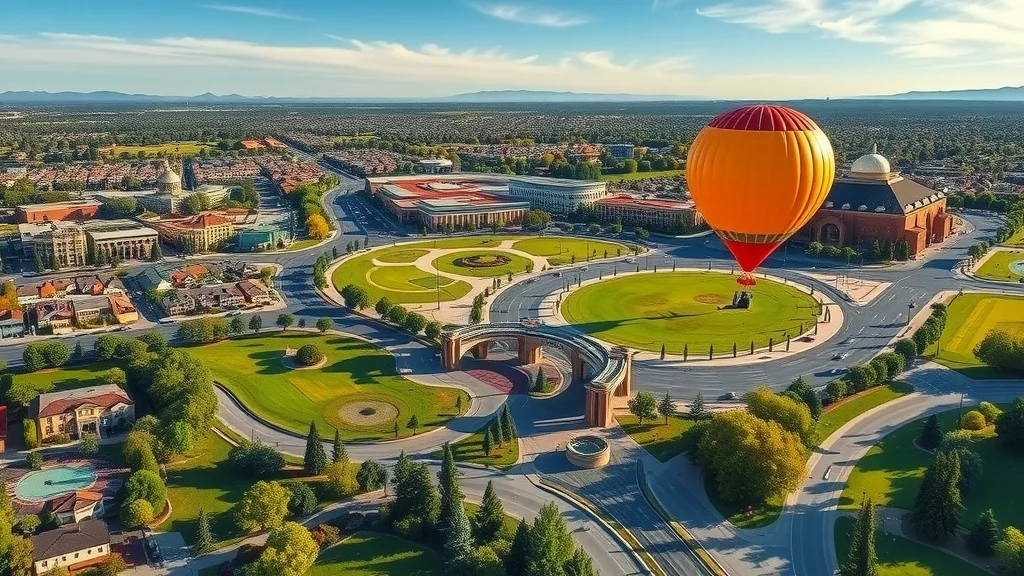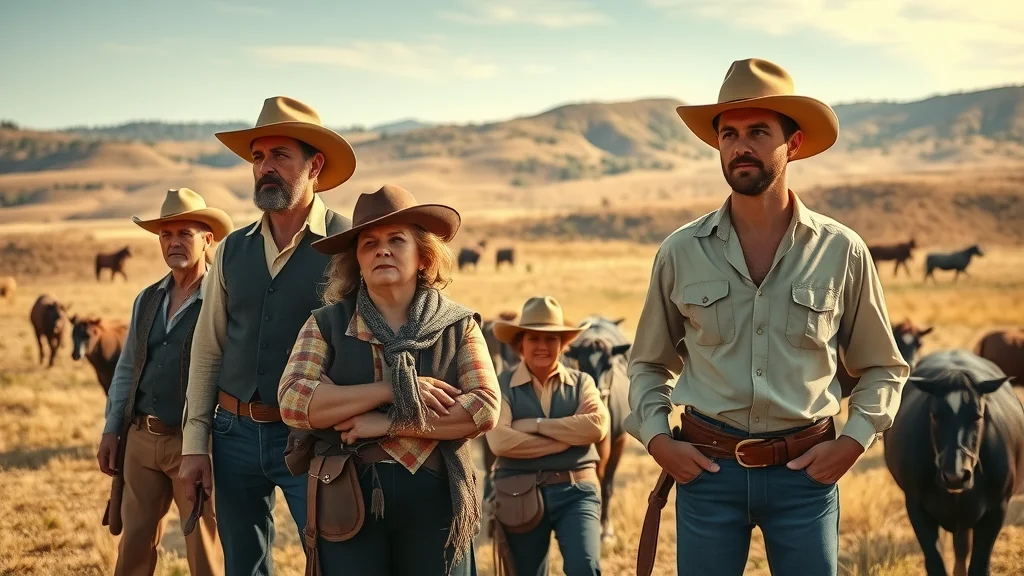Did you know? Irvine, California, now ranked as one of the best-planned cities in America, was once a vast ranchland until William Pereira – Irvine master planner – transformed it into a model for urban design. This article reveals how a single visionary helped reshape suburban life, blending community, commerce, and nature in ways that continue to influence city building today.
A Startling Beginning: William Pereira, the Irvine Master Planner, and the City that Changed Suburbia
"Irvine was not just another suburb. William Pereira envisioned a city where community, commerce, and nature exist in harmony—a modernist’s dream realized."

Before the 1960s, Orange County was known for its sprawling ranches and windswept open spaces, not the well-planned cityscape of today's Irvine. All of that changed when William Pereira, a renowned architect and urban visionary from Los Angeles, arrived on the scene. Pereira was selected by the Irvine Company to lead master planning efforts that would soon redefine how entire communities could be built from the ground up. This was not typical suburban sprawl—it was the birth of a bold experiment.
Guided by modernist ideals and practical foresight, Pereira developed a holistic plan for the entire Irvine Ranch, transforming thousands of acres into a new kind of city. It was a city for the future, with defined neighborhoods, generous parks, and space for commerce, education, and nature to flourish side by side. Pereira’s involvement went far beyond blueprints; he worked closely with Irvine Company executives and community leaders to ensure his master plan—one that balanced innovation with tradition—became a lasting reality.
What You'll Learn About William Pereira – Irvine Master Planner
Key milestones in William Pereira’s career as Irvine’s master planner
The genesis and philosophy behind the Irvine Ranch master plan
How Pereira collaborated with the Irvine Company and city leaders
Ongoing influence of Pereira’s planning principles in Irvine
Critical perspectives on planned communities and urban legacy
The Historical Context: California, Master Plans, and William Pereira’s Arrival
Transformational Forces: The Rise of Planned Communities and Pereira’s Role
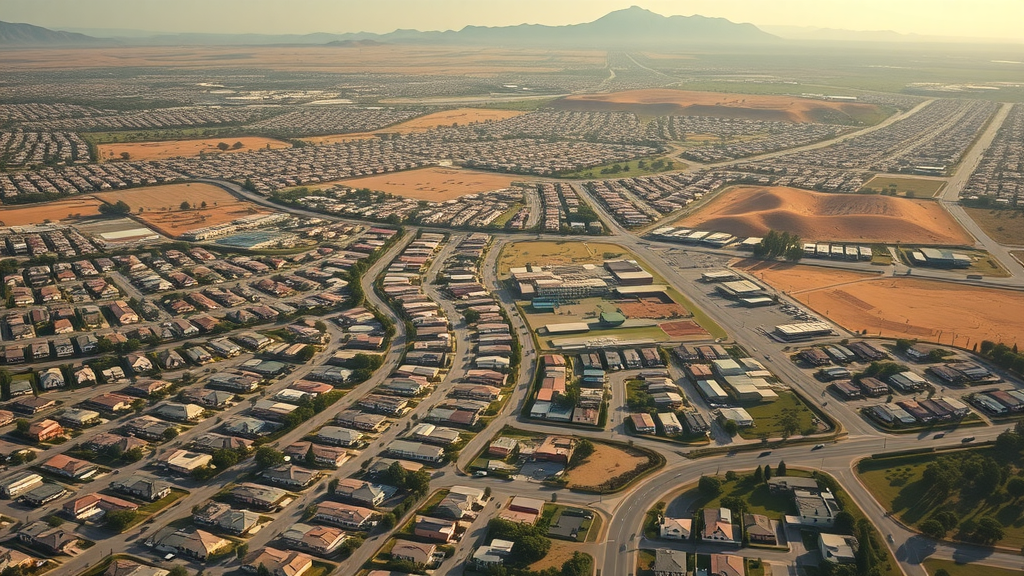
The evolution of modern California was shaped by transformational forces—population explosions, new industries, and an urgent quest for innovative cities that could outpace both Los Angeles and San Francisco in vision and scale. During the 1950s and 60s, the idea of master planning grew in popularity, as leaders sought alternatives to chaotic sprawl. When William Pereira moved to Los Angeles and co-founded his practice, he quickly made a name innovating on projects like Los Angeles International Airport, CBS Television City, and the County Museum of Art. His work signaled a new era of city-building, defined by big ideas and carefully orchestrated growth.
By the time the Irvine Company approached Pereira to envision a new city on their historic Irvine Ranch, he had already helped shape the university of california campuses and iconic structures like the Transamerica Pyramid. But this challenge was different. Pereira’s plans for the city of Irvine would harness lessons from recent “experiments,” infusing them with his belief that cities should promote open space, walkable neighborhoods, and access to culture. In doing so, Pereira stepped into the role of a true urban pioneer, leading not just architectural projects but the very concept of what a suburb could become.
A Vision Realized: The Irvine Master Plan Explained
The Irvine Ranch Master Plan: Purpose, Scope, and Revolutionary Ideas
Feature |
Irvine Master Plan |
Traditional Suburb |
|---|---|---|
Community Layout |
Village concept with distinct neighborhoods |
Homogeneous grid or curvilinear streets |
Green Space |
Integrated parks, greenbelts, and open space |
Limited parks, minimal natural areas |
Commercial/Residential Balance |
Zoned centers for jobs, shopping, and schools within reach |
Separation of uses; car-dependent trips for most needs |
At its core, the Irvine Ranch master plan was a response to the problems created by unchecked growth. Pereira’s blueprint called for intentional village centers—each with homes, schools, commercial spaces, and parks—tied together by lush greenbelts. Rather than a “bedroom community,” the city would have economic opportunities and a strong civic identity. The meticulous planning, from infrastructure to green space allocation, set a standard for master planning across the world. It’s not accidental that neighborhoods feel distinct yet cohesive; it’s a calculated result of Pereira’s design, balancing accessibility and community ties.
Over time, the city of Irvine earned accolades for its walkability, safety, and family-friendly amenities. The university of california, Irvine (UC Irvine), became not just an anchor institution but a key part of the city’s fabric, directly woven into the urban plan. Business hubs paired with open space encouraged both economic growth and quality of life. These revolutionary ideas still influence how cities, from Orange County to beyond, approach the challenge of sustainable, people-centered master planning.
William Pereira’s Philosophy: Integration of Nature, Commerce, and Community
"A city must be more than a collection of buildings; it needs soul. That was always William Pereira’s approach to master planning."
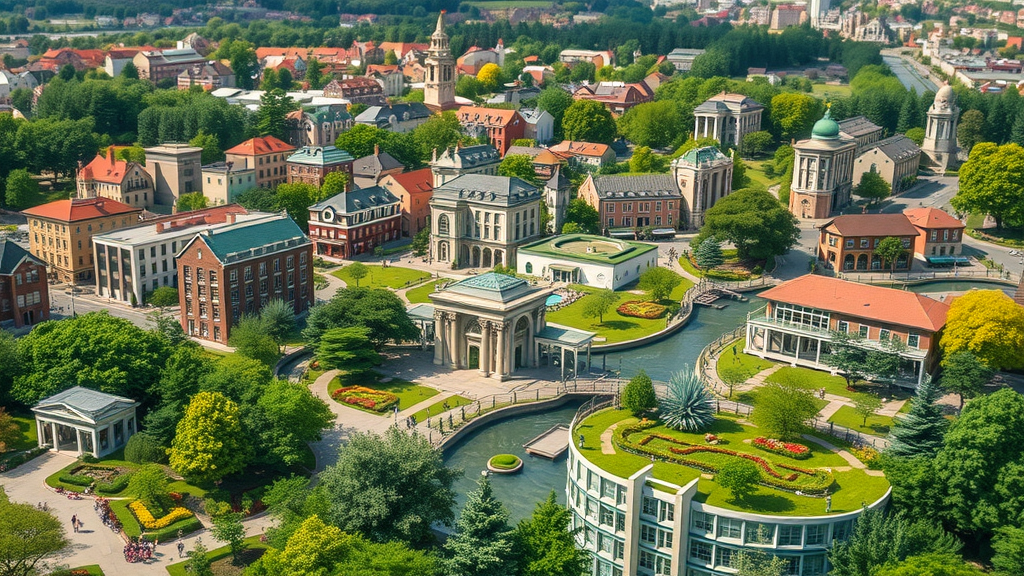
William Pereira’s legacy springs from his deeply held belief in integration. He refused to accept the stark separation of residential and commercial spaces that defined typical postwar developments. Instead, he wove commercial, educational, recreational, and residential functions together—mirroring the complexity of a living ecosystem. For Pereira, nature was not something to be tacked on: open space was as essential to city life as roads and houses.
His time working with los angeles leaders exposed him to the pitfalls of fragmented planning. With the Irvine Company, he found a rare partner willing to support an ambitious, long-term vision—a city designed for people, not just cars. The placement of parks, schools, and shopping centers in close proximity produced a sense of community and environmental stewardship. As master planner William Pereira often said, “Every block and pathway must encourage life, not just occupancy.” It is this philosophy that helped transform Irvine from ranch land to one of America’s most livable cities.
Collaboration and Innovation: William Pereira, Irvine Company, and the Forward-Thinking City
Planning for the Future: Sustainability, Growth, and Resilience

The partnership between William Pereira and the Irvine Company was as groundbreaking as the master plan itself. Rather than simply approving blueprints, the company became an active collaborator, supporting progressive zoning codes, strict design guidelines, and long-term investments in infrastructure. This kind of sustained, corporate-urban partnership was unusual at the time—and a vital reason why so much of Pereira’s vision endures.
Sustainability was a foundational tenet, even if the word wasn’t common in the 1960s. The master plan forced tough decisions: protect hills and wetlands rather than pave over them; concentrate business parks to reduce commutes; and prioritize resilience to protect against evolving economic and social pressures. The results included award-winning green space, the ongoing success of UC Irvine as an integrated educational hub, and growth models other cities soon sought to emulate. The team’s devotion to balancing expansion with responsible stewardship continues to influence city planning nationwide.
Legacy Examined: The Enduring Impact of William Pereira – Irvine Master Planner
Contemporary Irvine: Evaluating Success and Criticisms
Awards, recognitions, and urban design influence
Ongoing debates: uniformity vs. innovation
Resident experiences and demographic impacts
“Pereira’s work in Irvine set the national standard for what a master-planned community could be.”
Today, many urbanists, architects, and residents hail Irvine as a triumph of foresighted design. The city has earned national recognition for its sustainability, schools, and quality of life. Yet, some critics argue that master-planned cities risk favoring uniformity over diversity, or restrict organic growth. Discussions continue over how to blend the city’s original vision with modern demands for innovation, flexibility, and cultural vibrancy.
Still, most residents and observers agree: the balance between community, green space, and commerce sets Irvine apart. The city’s steady evolution, adapting the master plan while maintaining its core ideals, exemplifies the lasting value of Pereira’s wisdom. His influence extends beyond Orange County, inspiring new cities, institutions, and open space policies—proof that a clear, adaptable vision can become a living legacy.
People Also Ask About William Pereira – Irvine Master Planner
What did William Pereira do?
William Pereira was a renowned architect and urban planner who became the master planner for Irvine. He fundamentally shaped the conceptual and physical blueprint of the city, blending innovative modernist principles with practical considerations for large-scale growth and quality of life.
What is the Irvine Ranch master plan?
The Irvine Ranch master plan is a comprehensive urban development plan created by William Pereira and the Irvine Company. It set forth land use, infrastructure, community facilities, and green spaces to ensure Irvine's sustainable, balanced growth.
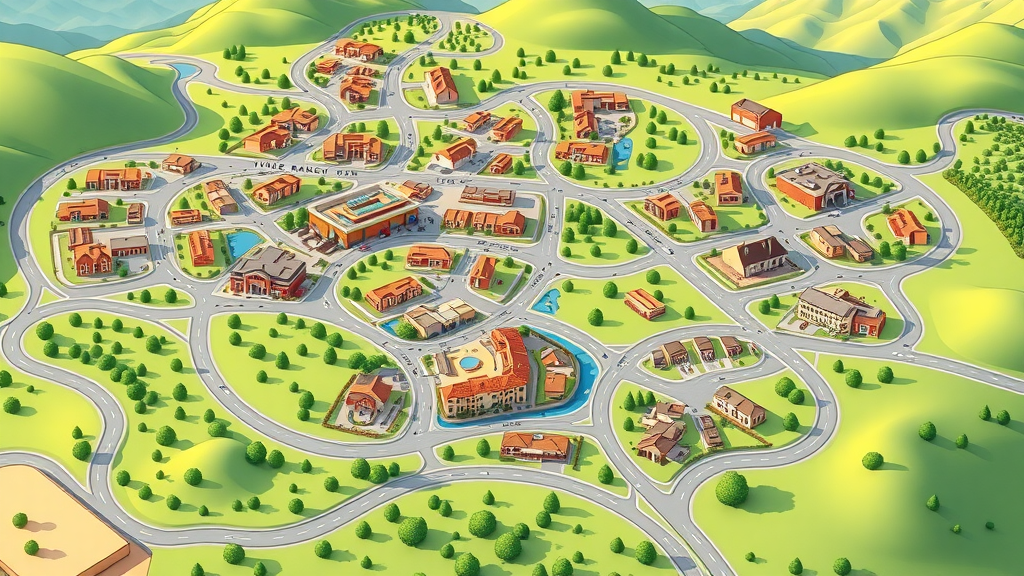
Who planned Irvine?
Irvine was planned by architect William Pereira in close partnership with the Irvine Company. Their collaboration transformed thousands of acres of ranchland into one of the most successful and studied master-planned communities in the world.
Is Irvine Master planned?
Yes, Irvine is a master-planned city. From its inception in the 1960s, every facet of Irvine's development has been guided by a detailed master plan orchestrated by William Pereira and the Irvine Company.
Key Takeaways from William Pereira – Irvine Master Planner’s Vision
William Pereira’s influence extends far beyond Irvine, shaping urban planning globally.
The Irvine master plan balances innovation, community needs, and environmental stewardship.
Debate persists about master-planned cities, but Pereira’s legacy is both foundational and inspiring.

FAQs on William Pereira – Irvine Master Planner
How did William Pereira’s architectural philosophy influence Irvine’s layout?
Pereira’s design philosophy shaped Irvine’s balanced village concept, where residential, commercial, and open spaces are interwoven. His belief in community integration and green space accessibility remains visible in Irvine’s parks, neighborhoods, and civic centers.What role did the Irvine Company play in executing Pereira’s vision?
The Irvine Company provided both land and strategic support for the master plan. Their cooperation enabled large-scale infrastructure, careful zoning, and the financial stability required to realize Pereira’s forward-thinking ideas, from the university to neighborhood parks.Are there notable critiques of the Irvine master plan?
While widely praised, some urbanists argue that master-planned cities can promote uniformity over diversity, or inhibit spontaneous growth. However, Irvine’s model adapts through community feedback and gradual revisions, keeping its original values relevant.Has the master plan evolved over time?
Yes. Irvine’s master plan has undergone continual updates. While Pereira’s framework endures, new technologies, population growth, and shifting community priorities have led to thoughtful adaptations—demonstrating the flexibility and foresight baked into the original vision.
Conclusion: William Pereira’s Legacy as the Visionary Irvine Master Planner
"To understand Irvine is to understand William Pereira’s enduring vision: a living, growing city always striving toward balance and excellence."
William Pereira’s master plan for Irvine is still a benchmark of urban planning—inviting cities everywhere to marry vision, design, and community for generations to come.
A dynamic video summarizing William Pereira's influence on the Irvine master plan, featuring animated maps, historical images, and narration about his visionary approach to city planning.
 Add Row
Add Row  Add
Add 

